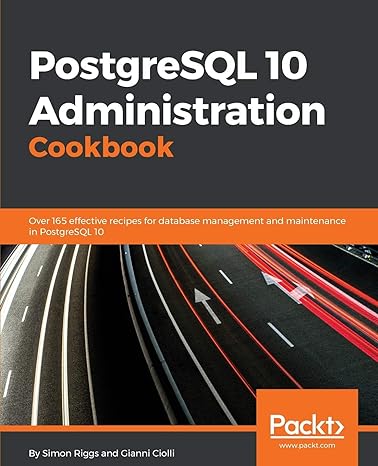Answered step by step
Verified Expert Solution
Question
1 Approved Answer
python 1. Binomial functions Assume that the probability of getting a winning lottery ticket (p) is 1 in 20 and you have money to purchase
python
1. Binomial functions
- Assume that the probability of getting a winning lottery ticket (p) is 1 in 20 and you have money to purchase up to 10 tickets (n).
- Calculate the probability of purchasing one winning lottery ticket.
- Create a list of probabilites. The probability of purchasing 1 winning ticket, 2 winning tickets, 3 winning tickets, ... up to 10 winning tickets.
- Plot the probability against the number of winning tickets purchased as a green bar plot. Label both axes
2. Monte Carlo simulations with random.binomial( )
- Again, assume that the probability of getting a winning lottery ticket (p) is 1 in 20 and you have money to purchase up to 10 tickets (n).
- Run 100 simulations (nmc) of the scenario
- Plot the simulated results as a histogram and the theoretical distribution as a line graph
- Add a title to the plot
- Add a legend
- Add a label to the x-axis and y-axis
3. Uniform distributions
- Calculate the theoretical distribution of getting a particular azimuth between 0 and 360 when measuring, for example, the direction of a strike - assume that each result is equally likely (a uniform distribution between 0 and 360)
- Perform a Monte Carlo simulation with =30n=30 trials.
- Plot your theoretical and simulated results as a bar and histogram plot respectively.
- Try this again using the random.seed() function.
4. Normal distributions
- Calculate the theoretical distribution of grades on an exam with a mean of 50% and a standard deviation of 20.
- Simulate the results of an exam taken by 35 students
- Calculate the mean and standard deviation of your simulated results.
- Plot theoretical and simulated results as a bar graph and histogram respectively.
- Plot a solid line representing the cutoffs for As, Bs, Cs, Ds, and Fs
- Add a title, x-label, y-label, and legend
5. Log-normal distributions
- Simulate a grain size distribution that is drawn from a log normal distribution with 1000 grains and a mean and standard deviation of 10 and 0.1 microns respectively.
- Plot the distribution as a histogram (density set to True).
- Calculate the mean, standard deviation, expectation and variance of the distribution.
Step by Step Solution
There are 3 Steps involved in it
Step: 1

Get Instant Access to Expert-Tailored Solutions
See step-by-step solutions with expert insights and AI powered tools for academic success
Step: 2

Step: 3

Ace Your Homework with AI
Get the answers you need in no time with our AI-driven, step-by-step assistance
Get Started


